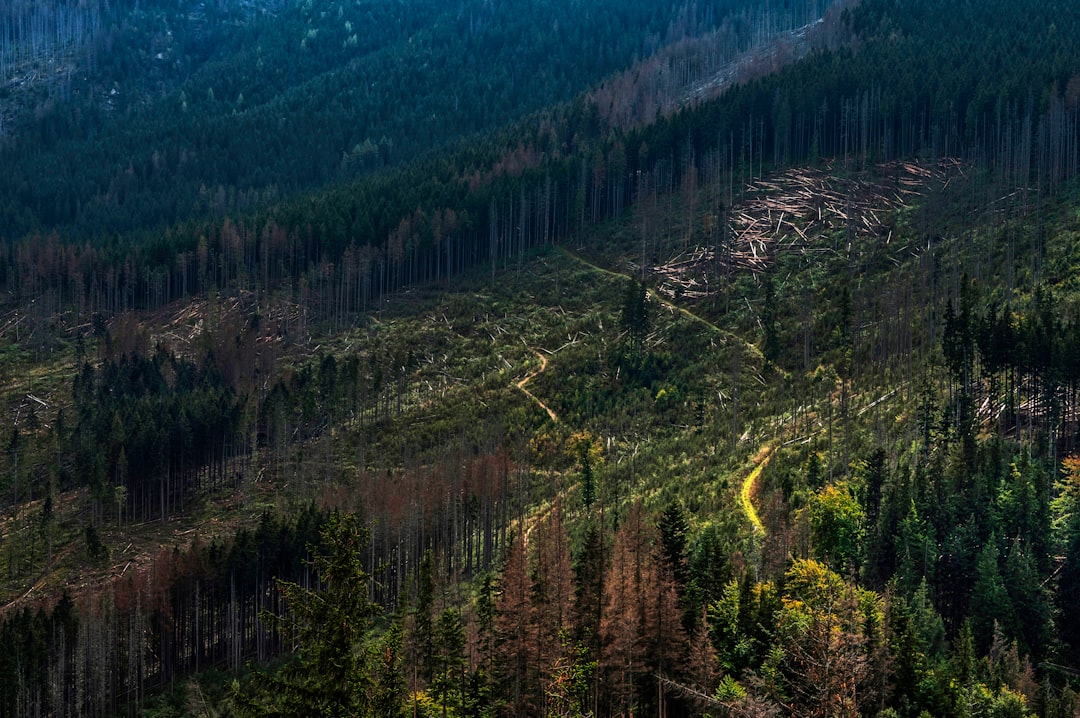Once again, summer 2019 has seen some crazy temperatures across the globe. From London reaching a scorching 38 degrees just a few weeks ago to Brooklyn flooding from extreme heat, there’s no denying that global warming is having a huge impact on our climate.
Using renewable energy sources and monitoring different ways to reduce our carbon footprint is essential, and some of the top experts in AI are exploring ways in which this technology can be leveraged to help save our suffering planet.
We’re taking a closer look at some of the ways that AI can help fight climate change:
1. DeepMind & Google are Using AI to Predict the Energy Output of Wind Farms
Google holds a strong presence in the application and research of AI to solve some of the world’s most pressing challenges. As part of their renewable energy project, Google and DeepMind have applied machine learning to their wind farms to calculate how much energy can be generated, and optimise the efficiency of the energy production.
“Using a neural network trained on widely available weather forecasts and historical turbine data, we configured the DeepMind system to predict wind power output 36 hours ahead of actual generation. Based on these predictions, our model recommends how to make optimal hourly delivery commitments to the power grid a full day in advance. This is important, because energy sources that can be scheduled (i.e. can deliver a set amount of electricity at a set time) are often more valuable to the grid.”
2. Creating Low-Carbon Materials
Climate Change + AI states that 9% of all global emissions of greenhouse gases come from the production of concrete and steel. Machine learning could help reduce this figure by helping to develop low-carbon alternatives to these materials. AI helps scientists discover new materials by allowing them to model the properties and interactions of never-before-seen chemical compounds.
3. Predicting Extreme Weather Events
“When forecasting weather, meteorologists use a number of models and data sources to track shapes and movements of clouds that could indicate severe storms. However, with increasingly expanding weather data sets and looming deadlines, it is nearly impossible for them to monitor all storm formations -- especially smaller-scale ones -- in real time.” By applying AI to all of the available data, engineers have been able to detect severe weather with 99% accuracy with each prediction taking an average of 40 seconds - much faster and more advanced than possible by humans. This will help forecasters to identify something that could have previously been overlooked.
4. Improving the Efficiency of Transport
It won’t come as a shock that all methods of transport are terrible for the environment. From smog in cities overrun with cars, to oil spillages in the ocean, and emissions from jet fuel, everything has an impact on the environment and our steadily warming planet. Drivers are contributing to emissions on the roads by driving inefficiently, and the transport industry is already working hard to overcome this through autonomous vehicle adoption where cars are able to regulate traffic, speed and acceleration to reduce fumes. Also lowering the barriers to electric vehicle adoption with algorithms that can improve battery life as well as predicting charging behaviour.
5. Providing Individuals With Methods to Reduce Their Carbon Footprint
“It’s a “common misconception that individuals cannot take meaningful action on climate change.” But people do need to know how they can help. Machine learning could help by calculating an individual’s carbon footprint and flagging small changes they could make to reduce it — like using public transport more; buying meat less often; or reducing electricity use in their house. Adding up individual actions can create a big cumulative effect.”

6. Reduce Wasted Energy
Saving the planet starts at home. Everyone can do their bit, however small, but optimising their energy consumption at home, in the workplace, and further afield. AI can help reduce energy consumption by catching operational strays, breaking down energy consumption to identify energy use patterns, finding the best placement for solar energy placements, and transferring its findings into useable and explainable data. This will then enable smart meters to only use the absolute necessary energy and they will predict energy-consumption levels even for the home.
7. Discovering New Materials
ML can explore and design chemical structures with the properties needed to create energy. “This could, for example, help create solar fuels, which can store energy from sunlight, or identify more efficient carbon dioxide absorbents or structural materials that take a lot less carbon to create. The latter materials could one day replace steel and cement—the production of which accounts for nearly 10% of all global greenhouse-gas emissions.”
8. Optimizing Supply Chains
Delivery vehicles in London, used by companies like Amazon, Royal Mail, DHL, and others have been found to emit 23 times the level of toxins allowed by U.K. law. These companies are now applying AI to lessen the environmental impact of last-mile delivery by creating algorithms that can manage these deliveries more intelligently, reaching much higher levels of operational efficiency and improving the bottom line. In last mile delivery route optimisation, data is taken in real time ‘from a variety of sources including information pertaining to shipment, traffic patterns, GPS data, and weather can be used for route optimization, which can significantly impact fuel, personnel, and other overhead costs of last-mile deliveries. Further, more accurate delivery windows improve the level of service provided to customers and the confidence with which couriers operate.’
9. Scaling Precision Agriculture
Precision agriculture, also known as "smart farming" or "precision farming," is a key component of sustainable intensification. Precision farming uses AI to generate accurate and controlled techniques that help provide guidance and understanding about water and nutrient management, optimal harvesting and planting times as well as when the right times for crop rotation would be. The precision farming can help monitor agriculture so that we can save on the amounts and types of fertilizers and chemicals are used.
10. Improving Deforestation Tracking
Forests cover roughly 30% of the globe, providing a home to thousands of unique species, yet deforestation is continuing to destroy their habitats. To try and combat this, Global Forest Watch (GFH), an online platform that takes millions of satellite images with the help of crowd-sourcing, is working on tracking deforestation with AI. They offer a near-real-time-data to NPOs and conservation organizations by counting trees, which assists in managing forests and tracking illegal deforestation. The goal is to create Green Digital Dashboards that monitor and showcase the scalable advancements in sustainable solutions. However, effort from a single person or organization is not enough to bring about real change.
Interested in learning more about how AI is transforming our world? View our AI for Good Webinar Series
